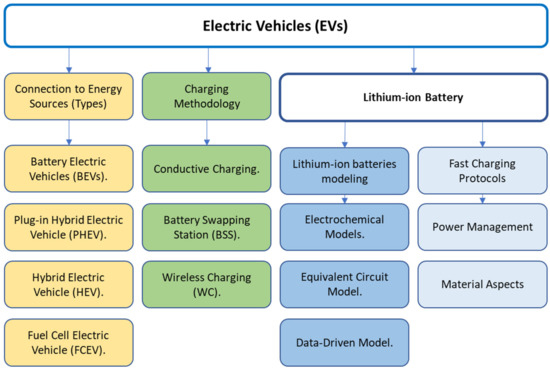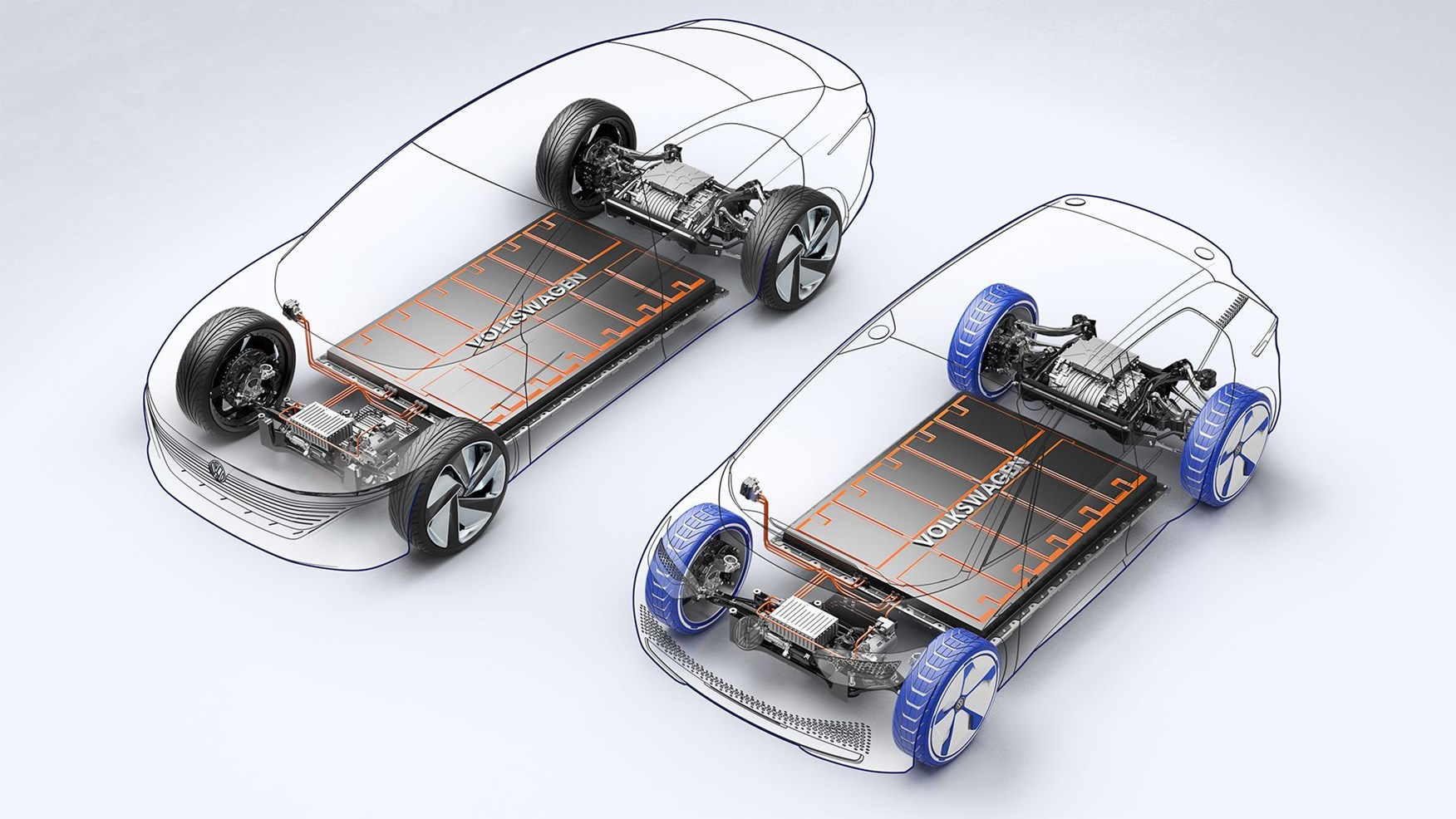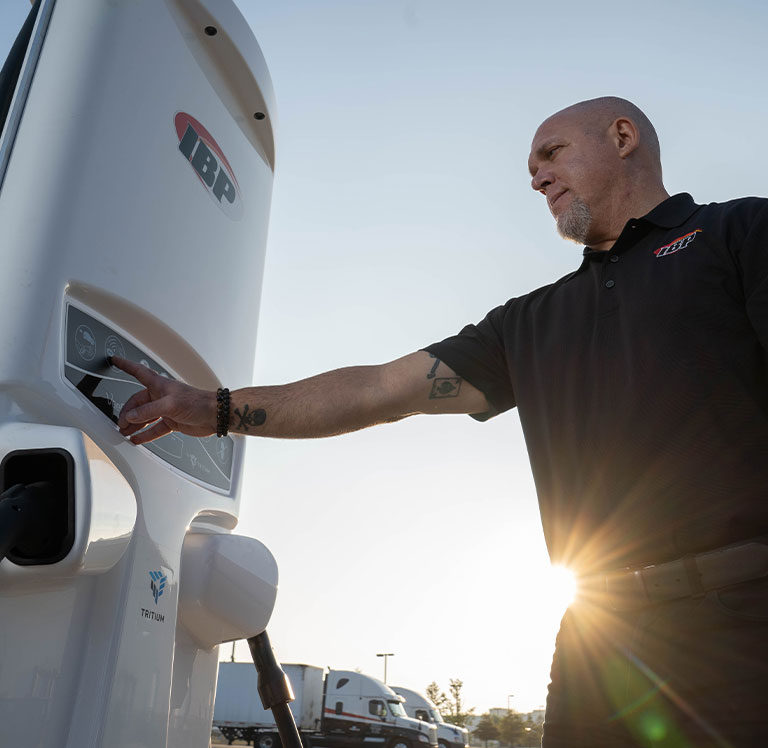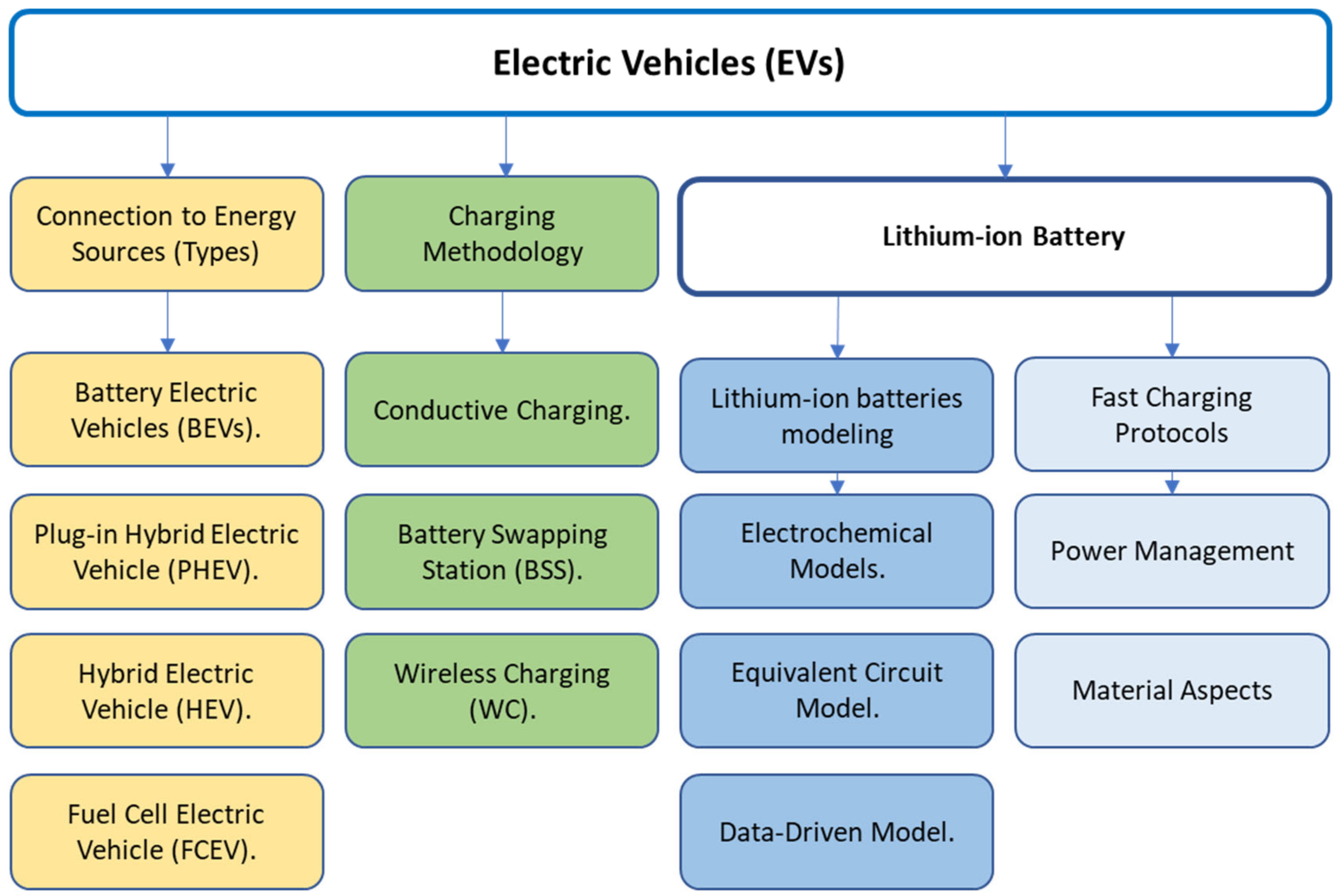Electric vehicles (EVs) typically use lithium-ion or lead-acid batteries. Nickel-metal hydride batteries are also found in some hybrid models.
Choosing the right battery for electric vehicles is crucial for performance and efficiency. Lithium-ion batteries are the most popular due to their high energy density and long lifespan, making them ideal for the demands of modern EVs. They provide a greater range and faster charging than other types.
Lead-acid batteries, although heavier and with a shorter lifespan, are more cost-effective and are often used in smaller or less expensive EVs and for auxiliary power. Nickel-metal hydride batteries, on the other hand, present a middle ground between lithium-ion and lead-acid, offering a balance in cost, energy density, and environmental impact. As technology advances, the emphasis continues to be on developing batteries that are not only powerful and long-lasting but also sustainable and cost-efficient for the broad adoption of electric vehicles.

Credit: www.mdpi.com
Electric Vehicles And The Quest For Efficient Energy Storage
The heart of any electric vehicle (EV) lies in its batteries. These powerhouses are the pivotal elements that store and provide energy to propel EVs. As the world shifts gears from fuel-guzzling engines to clean electric power, efficient energy storage becomes crucial. This transition promises a cleaner environment with zero tailpipe emissions and a significant reduction in global reliance on fossil fuels.
Electric vehicle batteries are more than just energy storage units. They determine how far an EV can go on a single charge. Range and power depend on battery technology. Battery capacity, measured in kilowatt-hours (kWh), directly impacts vehicle range. EV batteries must be lightweight, durable, and capable of fast charging to ensure practicality and convenience for drivers.
- High energy density for longer range
- Long lifecycle to endure frequent charging
- Rapid charge capabilities for minimal downtime
The evolution from combustion engines to electric power marks a significant leap in automotive technology. Traditional vehicles rely on internal combustion engines that burn fuel to produce motion. These engines have numerous moving parts, leading to energy loss and higher maintenance costs.
In contrast, electric vehicles utilize batteries to power an electric motor. This transition brings forth numerous advantages:
- Reduced emissions for a cleaner environment
- Lower operational costs due to fewer moving parts
- Instant torque for a smooth driving experience
With advancements in battery technology, electric vehicles now offer competitive range and performance. This shift paves the way for a sustainable automotive future.

Credit: www.carmagazine.co.uk
Lithium-ion Batteries: The Current Industry Standard
Lithium-ion batteries rule the electric vehicle market today. They are in almost every new electric car. Their high energy density makes them perfect for long drives. Manufacturers trust them for their reliability and performance.
Advantages Powering Their Popularity
- Energy Density: More power in less space.
- Longevity: They last for many years.
- Less Weight: Lighter batteries mean faster cars.
- Efficiency: Chargers refill them quickly.
Challenges And Limitations Faced
- Cost: They can be pricey.
- Safety Concerns: They need protection from overheating.
- Lifespan: They lose power after many charges.
- Raw Materials: Metals inside them are hard to get.
Nickel-metal Hydride Batteries: A Viable Alternative
Nickel-metal hydride (NiMH) batteries are making waves in the electric vehicle (EV) community. Bulkier than the widely-used lithium-ion but with unique benefits, NiMH batteries offer a different approach to sustainable transportation.
Comparative Strengths To Lithium-ion
Despite the dominance of lithium-ion batteries in the EV market, NiMH batteries hold their own with several advantages. Here’s why they’re still relevant:
- Less risk of fire: NiMH batteries are thermally stable, reducing fire hazards.
- More tolerant to overcharging: They handle overcharging situations better, leading to increased safety.
- Longer life span: On average, NiMH outlasts lithium-ion when it comes to the number of charging cycles.
- Environmentally friendly: NiMH batteries contain fewer toxic metals than other batteries.
Where They Fall Short For Mainstream Evs
Though NiMH batteries suit various applications, their shortcomings make them less ideal for today’s EVs:
| NiMH Battery Feature | Impact on Mainstream EVs |
|---|---|
| Heavier weight | Reduces range and efficiency of the vehicle |
| Lower energy density | Makes the EVs less capable of long-distance travel |
| High self-discharge rate | EVs lose charge faster when not in use |
| Colder temperature performance | Limited functionality in lower temperatures |
Moreover, comparative manufacturing costs can be high for NiMH batteries while lithium-ion prices drop, affecting their position in the mainstream market.

Credit: ibpmidwest.com
Lead-acid Batteries: Economical But Outdated
Imagine a battery that’s been around for years. It’s heavy and not too strong but doesn’t cost much. That’s a lead-acid battery for you. They’ve powered cars for ages. Today, they’re like the old toys we once loved but now sit in a box, replaced by better ones. To understand why lead-acid batteries still hang around and why they’re losing their charm, let’s dive deeper.
Cost Benefits That Keep Them In Play
Cost wins many games, and for lead-acid batteries, it’s a strong point. Here’s how they stay in the game:
- Lowest upfront cost compared to other battery types.
- Simple to make, with a well-known process.
- Recyclable, making them somewhat eco-friendly.
These points make them a go-to for smaller budgets. But should we choose them just because they save us some cash upfront?
Prohibitive Drawbacks Limiting Use In Modern Evs
While wallet-friendly, lead-acid batteries come with a baggage of downsides. Let’s see what they bring to the table.
- Their weight drags down car speed and reduces how far we go.
- They can’t hold much energy, so we stop more for charges.
- Life is short – they die after a few years, needing more replacements.
- And cold weather? They really don’t like it. They work less well when it’s chilly.
Those are big issues for electric cars that need to be fast, go far, and work all the time. It’s clear: new battery technology is in, and it’s pushing these old-timers to the side.
Solid-state Batteries: The Next Big Leap
Electric vehicles (EVs) are changing transportation. A new battery type, solid-state batteries, could make EVs better. These batteries might be more powerful and safer. Let’s explore the potential of solid-state batteries.
Potential Improvements Over Current Technologies
Solid-state batteries offer many improvements. Here’s a list detailing how they could be better:
- More Energy: They pack more power into smaller spaces.
- Longer Life: They can last longer than current batteries.
- Quicker Charge: They charge faster, saving time.
- Safer: They are less prone to catching fire.
- Eco-Friendly: They may use less harmful materials.
| Feature | Solid-State Battery | Current Lithium-Ion Battery |
|---|---|---|
| Energy Density | High | Medium |
| Charging Speed | Fast | Slow |
| Safety | Higher | Lower |
Barriers To Commercialization
Despite the benefits, solid-state batteries face challenges. They are not in cars yet because:
- The cost to make them is high.
- Manufacturing them is difficult.
- They need new factories and machines.
Scientists and engineers are working on these problems. They are looking to solve them soon so we can use solid-state batteries in EVs.
Ultracapacitors And Their Supportive Role In Evs
Imagine a sprinter with a steadfast marathon runner. This is how ultracapacitors work alongside batteries in electric vehicles (EVs). Ultracapacitors handle quick energy surges during acceleration, while batteries ensure a long drive. Together, they create a powerful force in EV technology.
How Ultracapacitors Complement Batteries
Ultracapacitors, also known as supercapacitors, excel at rapid charge and discharge cycles. They make perfect partners to batteries. Here’s why:
- Quick Energy Release: Ultracapacitors swiftly deliver power when an EV accelerates.
- Extending Battery Life: By taking on short, high-power tasks, ultracapacitors reduce the strain on batteries.
- Efficiency: They recapture energy effectively during braking, known as regenerative braking.
Technological Synergy Enhancing Performance
This partnership is a game-changer. Ultracapacitors and batteries unite to elevate an EV’s performance. Highlights of this partnership include:
| Ultracapacitors | Batteries |
|---|---|
| High power for short durations | Steady power for long drives |
| Fast charging times | High energy capacity |
Together, they ensure smooth rides, rapid acceleration, and efficient energy use. The future of EVs shines brighter with these two in tandem.
Frequently Asked Questions On Types Of Battery Used In Electric Vehicle
What Are Common Ev Battery Types?
Electric vehicles typically use three main types of batteries: lithium-ion, nickel-metal hydride, and lead-acid. Lithium-ion is the most popular due to its high energy density and long life cycle.
How Long Do Ev Batteries Last?
On average, EV batteries last between 8 to 20 years. Factors affecting longevity include battery type, usage patterns, and environmental conditions. Advances in technology continue to extend battery life.
Can Ev Batteries Be Recycled?
Yes, EV batteries are recyclable. Recycling processes recover valuable metals and materials. The industry is evolving to enhance sustainability and reduce the environmental impact.
What Affects Electric Vehicle Battery Life?
Battery life is influenced by factors such as temperature, charging habits, and the number of charge cycles. Maintaining moderate temperature and avoiding complete discharge can prolong battery life.
Conclusion
Diving into the electric vehicle realm, we’ve unearthed a variety of batteries crucial for the industry’s evolution. From the robust lithium-ion to the emerging solid-state, each type promises efficiency and sustainability. As technology advances, expect breakthroughs enhancing range, reducing charge times, and improving overall performance.
Embrace the shift to electric; the choice of battery is pivotal for a cleaner future.
